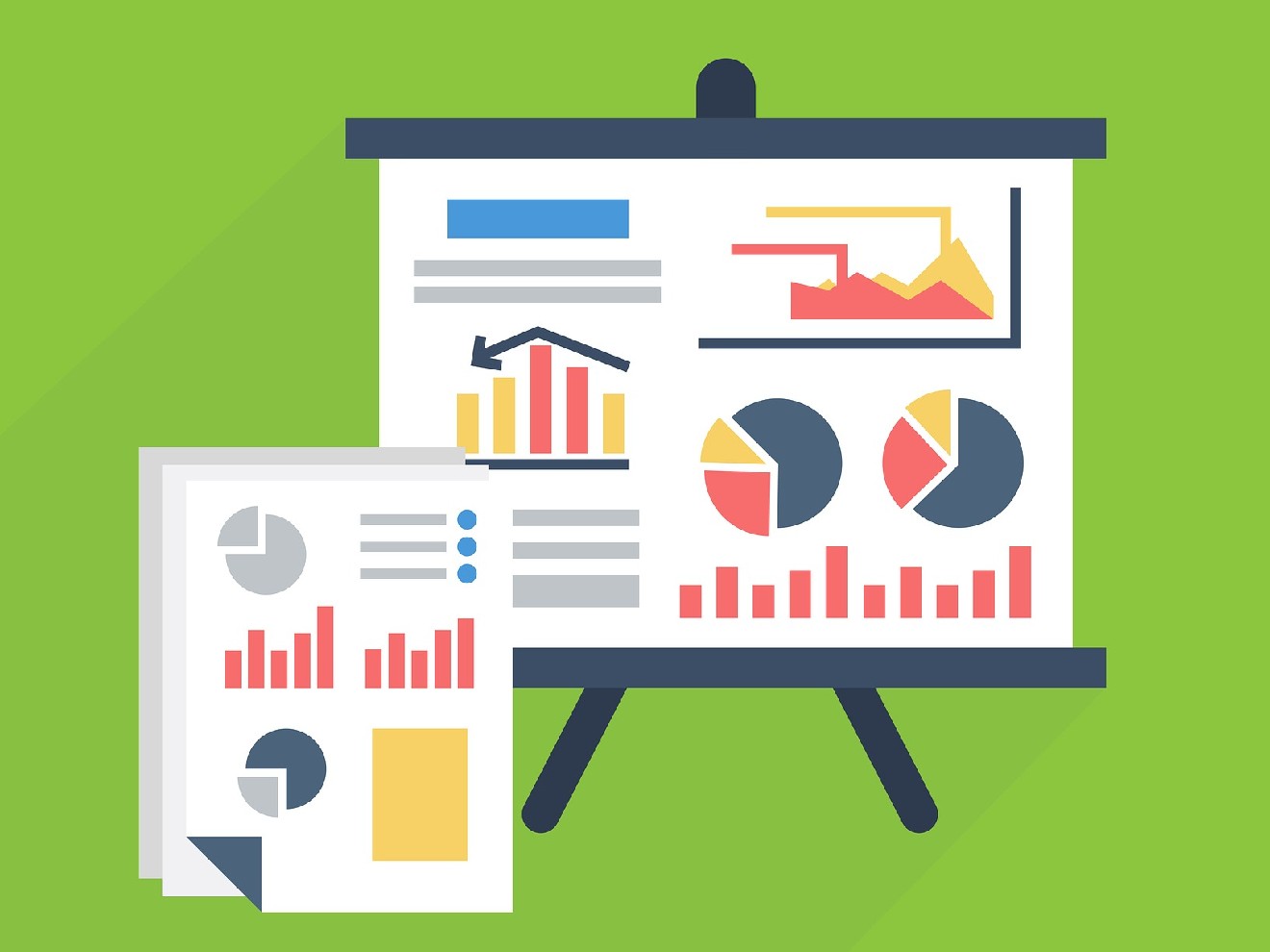Managing performance - how lead measures differ from lag measures

It is often said that, ‘If you cannot measure it, you cannot manage it’. But are you measuring the right things? When it comes to managing performance then this is a vital question. This blog article explores the value of lead measures.
Our previous blog article focused on four customer service measures:
- Customer effort
- Customer satisfaction
- Net promoter score (NPS)
- Lifetime value of a customer
Although each measures is valuable, when it comes to performance management this only half the story. These are what is known as lag measures i.e., telling you what has happened. To manage performance properly lead measures i.e., predicting what is likely to happen, are also needed.
For example, let’s say that you are working in a manufacturing or construction environment. You will no doubt have a concern for health and safety. Because of this you will have a Key Performance Indicator (KPI) of recording health and safety incidents and near misses. These KPIs are known as lag measures because they measure what has or has not happened.
A lead measure helps predict the outcome of what your lag KPI is measuring. In this same example of health and safety, let’s say that a lead KPI set for the wearing of personal protective equipment (PPE) requires a compliance of 100%. How your employees are complying with this lead measure KPI will help predict the outcome of the overall health and safety (lag) KPI.
Let’s look at another example of a lead measure but this time in a sales environment. One lead measure KPI could be providing quotes within a defined timeframe e.g., 24 hours. Meeting this lead measure KPI is likely to have a positive influence on the overall sales performance KPI which is, of course, a lag measure.
Another example of a lead measure, this time from a customer service point of view, would be setting a KPI for time taken to respond to complaints. A short response time will no doubt help to influence customer satisfaction in a positive way whereas long response times will create a negative impact.
Managing performance correctly requires a balance on lead and lag measures. Remember that Key Performance Indicators are exactly that i.e., Key Performance Indicators – those things that really matter. Having too many KPIs will run the risk of diluting the focus of what needs to be achieved.
Once decided, create a dashboard (sometimes referred to as a balanced scorecard) across your key result areas. Include people measures as well as service levels and productivity KPIs. Measure and record performance using a visual system such as traffic lights (red, amber and green) and monitor frequently. Once you are measuring, then you can manage.
Paul Beesley
Director & senior consultant, Beyond Theory
25 March 2023

